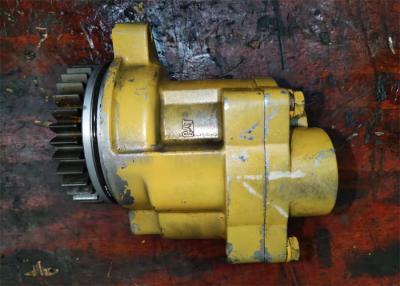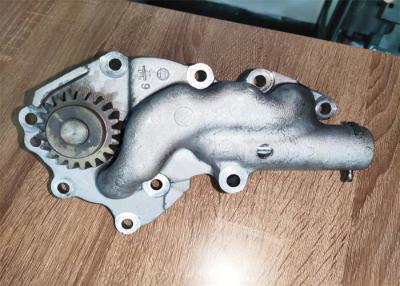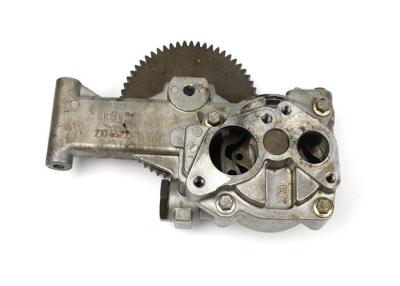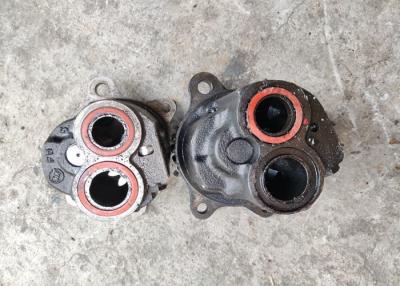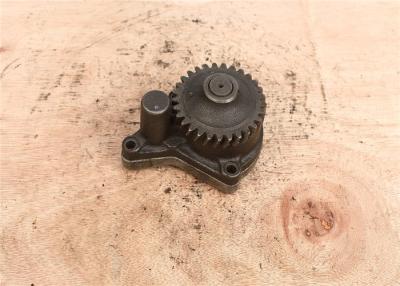




| Price | Negotiated |
| MOQ | Negotiable |
| Delivery Time | 5 - 8 work days |
| Brand | Yanmar |
| Place of Origin | Japan |
| Model Number | 3TNE84 3TNE88 3TNV88 4TNE84 4TNV88 |
| Packaging Details | Neutral Package or Fumigation Free |
| Payment Terms | D/P, T/T |
| Supply Ability | 200 pieces |
| Condition | Used | Engine model | 3D84 3D88 4D84 4D88 |
| Place of Origin | Japan | Packaging Details | Neutral Package or Fumigation Free |
| Color | Same as pictures | Excavator model | PC35 PC40 PC55 |
| Material | Steel | Model Number | 3TNE84 3TNE88 3TNV88 4TNE84 4TNV88 |
| Supply Ability | 200 pieces | Brand Name | Yanmar |
| Payment Terms | D/P, T/T | Type | Diesel engine |
| Price | Negotiated | Delivery Time | 5 - 8 work days |
| Product name | Engine oil pump | Part number | 129006-42002 |
3D84 3D88 4D84 4D88 Used Oil Pumps PC35 PC40 PC55 129006-42002
Specification
| Engine type: Diesel | Gear number: 29 | |
| Category: Spare parts | Cylinders Number: 3 cylinders / 4 cylinders | |
| Quality: High performance | Test staus: Normal | |
| Car model: Direct Injection | Application: Excavator engine | |
Description
Oil pickup pipe
The oil pump sucks oil up from the sump through a pipe - called a pickup pipe. The pipe’s nozzle sits below the surface of the oil, and it is covered by a guaze filter which prevents large particles from being sucked up into the pump.
If this filter screen was to be completely blocked, then the engine would not pick up any oil and the engine would at great risk of being destroyed. Therefore the pickup pipe may have bypass valve in case the screen is blocked. In this situation it’s better that the engine continues to receive oil and we take the chance of damage to the oil pump: an oil pump is considerably cheaper than an engine rebuild.
Oil pumps
Most
oil
pumps
are
driven
directly
by
the
crankshaft.
The
pump
illustrated
here
sits
over
the
nose
of
the
crankshaft
where
its
internal
gear
is
driven
directly.
All oil pumps are called positive displacement pumps - the amount of oil that leaves is the same as that enters. In other words, the pump moves oil from one side, to the other. This can be contrasted with a coolant pump, for example, which tries to move water but will not do so if the pressure is too great on one side.
As engine RPM increases, the pump turns faster and more oil is pumped. This is convenient because at higher engine speeds lubcrication and cooling requires a greater flow of oil.
Working Principle
The
oil
pump
is
inevitable
in
an
engine
for
lubrication
as
engines
need
to
be
properly
lubricated
when
it’s
running.
The
oil
pump
is
usually
a
gear-driven
from
the
crankshaft
which
start
pumping
oil
immediately
the
engine
is
running.
In
some
oil-free
engines
like
a
two-stroke,
oil
injectors
are
not
used.
From a strainer, oil passes into the oil pump and then flows through the heat exchanger, where it’s cooled. The cooled oil then flows through the galleries to the moving parts of the engine before returning to the sump. If an engine is designed with an injector, a small portion of oil is diverted to it.


